Want the intel on THAT buck before you sit the stand? Which cam spies best — and which just takes raccoon selfies?
WE’VE LOST count of the bucks we missed until a camera told us where they were.
A dual-purpose trail cam is our eyes when we can’t be in the woods. Clear images, stealthy night shots, and live alerts put the advantage back in our hands — and in front of our stands.
Top Picks

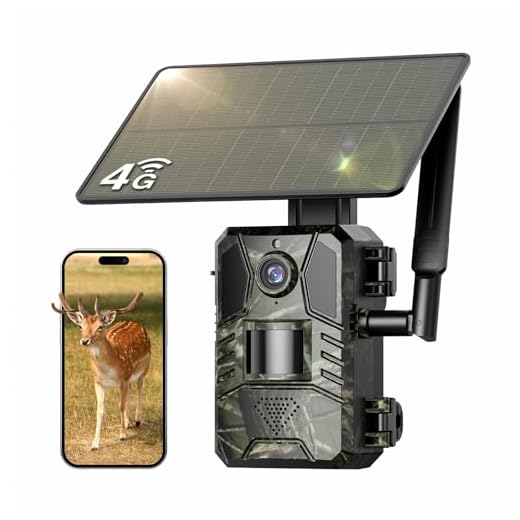






Reolink 4K Dual-Lens LTE Trail Camera
We trust its dual-lens 4K clarity, auto-tracking, and robust app to remotely monitor distant pinch points and glass trails in real time. It’s feature-rich and built for heavy-use deployments, though its complexity and support issues can be frustrating in remote setups.
Why we picked it as an editor's choice
For hunters who demand live clarity and advanced tracking, this camera stands out. The dual-lens approach gives us both context and close-up detail without frequently changing mounts, which is ideal for patterning cautious big bucks.
Feature deep-dive and hunting advantages
This is a serious tool for long-term surveillance and actionable intel.
In practice we set the wide lens to monitor a corridor while the zoom lens verifies antler configuration when movement is detected. The result is fewer trips to the site with higher confidence in our harvest decisions.
Practical considerations and deployment notes
It’s not the simplest cam to set up. Expect some time calibrating detection zones, notification rules, and power settings. Also, if you rely on vendor support, factor in reports of mixed experiences.
For serious, tech-forward hunters who want both panorama and precision, this Reolink option is hard to beat despite its learning curve.
Loatos 4G Solar Cellular Trail Camera
We depend on its built-in SIM and live-streaming when we need near real-time intelligence from distant properties. The solar panel and quick trigger give us confidence on long sits, but ultimate reliability hinges on cell coverage and plan terms.
Purpose and who should use it
This camera is aimed at hunters who want live or near-live visibility on remote setups without relying on Wi‑Fi. When we need to glass a trail or confirm which buck is using a pinch point before a stalk or evening sit, a 4G cam with solar charging is invaluable.
Key features and field benefits
The combination of a built-in SIM card, 2K streaming, and a solar panel makes routine check-ins seamless for our team.
In practice we mount this on a sunward-facing trunk or post and let the solar keep the battery topped; the live view is a huge advantage for confirming species and number before committing to a hunt.
Limitations and practical advice
Cellular cams are only as good as the network. On marginal coverage you may see delays or drops. Also, check carrier compatibility and any included data plan fine print before deployment.
For us the Loatos is a go-to where coverage exists — it converts distant snapshots into actionable intel quickly.
Meidase P70 64MP No-Glow Trail Camera
We love the 64MP stills and starlight low-light tech for incredible detail on mature bucks and antler racks at distance; the no‑glow IR keeps rigs covert at night. Battery management and occasional menu quirks are the main trade-offs to getting those high-resolution frames.
Purpose and why we run it
When our goal is identifying trophy class bucks from photos — judging antler mass, tine placement, and body condition — we deploy the P70. The resolution is a real advantage for long-range identification that can make the difference between passing and taking a mature animal.
Field performance and features we value
The P70’s combo of high-res stills and fast trigger gives us the frames we need to pattern deer behavior and make decisions.
In the field we hang this on a deer trail at shoulder height and get images that let us determine age and scorable antler characteristics without ever visiting the stand at daylight — a big advantage for not spooking deer.
Practical limits and deployment suggestions
High-resolution comes with power costs. Videos or aggressive IR settings will shorten run-time, and the need to reset the clock after battery swaps is an annoyance we work around.
If you care about image clarity and covert night captures, this unit delivers pro-level stills for patterning bucks and planning hunts.
FKPCAM 4K Solar 4G Cellular Camera
We like the combination of 4K imaging and a large 7500mAh battery with solar assistance for long deployments. It delivers crisp detail for identifying bucks at range, but network compatibility and setup can affect real-world performance.
Purpose and target user
We bring this camera when image fidelity and long unattended runs matter — big property glassing, patterning mature bucks, and long-term monitoring of travel corridors. The 4K capture helps us ID bucks at greater stand-off distances.
Core strengths in the field
The large internal battery and solar capability are the two features that make this a practical primary camera for a hunt-season setup.
In practice we place it on perennial funnels where we expect repeat visitation. The clearer daytime frames taken at dawn and dusk have paid off when confirming the presence of a target buck before we commit.
Real-world limits and tips
The camera’s potential is tied to network performance. Where the signal is good it’s a powerful tool; where it’s spotty, it degrades to a conventional cam.
If you need both longevity and the highest detail for patterning, this model is a solid premium choice for serious hunters.
Stealth Cam Browtine 16MP Bundle Pack
We appreciate the plug-and-play convenience of a two-pack for covering multiple access points on a property. Solid burst mode and included cards/readers make it a practical choice for hunters who want immediate deployment and simple data handling.
Overview and intended use
We prefer bundle packs when mapping deer movements across funnels or multiple funnels around a property. This two-pack gives immediate coverage — perfect for marking travel routes and pinch points quickly.
What stands out for hunters
The Browtine cameras are straightforward and built to be rugged in the field, and the included accessories save time during setup.
In real hunts we used these in tandem: one on a game trail and one overlooking a funnel. The burst series often captured full-body frames useful for age and antler assessment.
Limitations and deployment notes
This is not a remote-alert camera — we treat it as a data-gathering tool we check in person.
For hunters who want multiple, dependable cameras without the premium price of cellular units, this bundle is a strong practical pick.
Mini 20MP No-Glow Trail Camera
We appreciate its tiny footprint and reliable day/night performance — ideal for filling multiple ambush points without breaking the bank. It trades advanced connectivity for long-term concealment and simple operation, making it a dependable basic scout cam for hunters.
Purpose and overview
We use this mini unit when we need to deploy multiple cameras around pinch points, feeding lanes, and near stands without drawing attention. Its tiny form factor and no‑glow IR make it a perfect little scout cam for short to medium‑term surveillance on pressured properties.
Key features and benefits
In the bush this camera shines for what it is designed to do — simple, affordable detection and documentation of game.
We like that it runs quietly and doesn’t advertise itself to animals or people. In practice we’ll throw one in a brush pile or a soda can concealment and expect reliable photos without constant battery swapping when set to pictures-only mode.
Limitations and practical tips
This is not a feature-packed cellular cam — it’s a tool for local scouting. Expect to collect SD cards in the field rather than receive instant alerts. Heavy video use or frequent night IR will shorten battery intervals, so we favor picture-only schedules and staggered deployments.
We recommend this cam as a budget-friendly workhorse: deploy many, check regularly, and use them to identify routes and timings for your stand setups.
Mini 20MP Hunting Camera Two-Pack
We like these as an affordable way to blanket small properties or put a camera at each stand approach. They’re small and easy to hide, but they lack advanced security and some build elements of pricier rigs.
Who this is for
When we need cheap redundancy — like spiking multiple trails or monitoring fence lines — this two-pack is an easy solution. It’s aimed at hunters who prioritize quantity and concealment over bells-and-whistles.
Field features and how we use them
These cams are basic but practical. We deploy them where theft and vandalism risk is low or where we can conceal them tightly.
A common tactic we use is to mount one low at scrape height and another higher to capture full-body shots of deer moving through a corridor. The cost makes trying different angles affordable.
Caveats and pro tips
The main tradeoffs are durability and security. The exposed buttons and light plastic shells mean we either lock them in a cam box or hide them well.
For short-term scouting or as spare cams, they’re hard to beat on price — just be smart about concealment and retrieval.
Wi‑Fi Bluetooth 20MP Trail Camera
We value the on‑camera Wi‑Fi and Bluetooth for instant downloads and quick setup during pre-season checks, which is handy on properties near home. Don’t expect long-range remote access — it’s best used where you can regularly get within Bluetooth/Wi‑Fi range.
Who we recommend this for
This camera fits hunters who keep cams within short distance of a residence or basecamp and want fast, local downloads without SD card swaps. It works well for property-edge checks and quick staging near stands.
Useful features in the field
The combination of Bluetooth and Wi‑Fi simplifies configuration and media retrieval when you’re within range.
Our routine is to walk within Bluetooth range, pull the images, and make rapid adjustments based on what we find — a quick, iterative scouting cycle.
Constraints and field tips
Range is the limiting factor. If you need instant alerts from miles away, look to cellular models instead.
For close-in scouting and when you’re checking cams on foot, this model gives a good balance of convenience and value.
Final Thoughts
For hunters who want the best blend of IDENTIFICATION and remote monitoring, we pick the Reolink 4K Dual-Lens LTE Trail Camera as our top choice. Its dual-lens 4K clarity and auto-tracking give us confident long-range ID on bucks at pinch points and travel corridors. Use it where image detail matters most — big properties, bedding-to-feeding funnels, and situations where we need to confirm age and antler configuration before a sit.
If live, near real-time intel is the priority — especially on distant leased ground — we recommend the Loatos 4G Solar Cellular Trail Camera. The built-in SIM, reliable live-streaming, and solar assist keep us updated without hiking in every day. Put this on remote entries or food plots where quick alerts change our plans.
Both rigs are built for hunters: Reolink when you need the clearest proof of a shooter, Loatos when you need to know now.
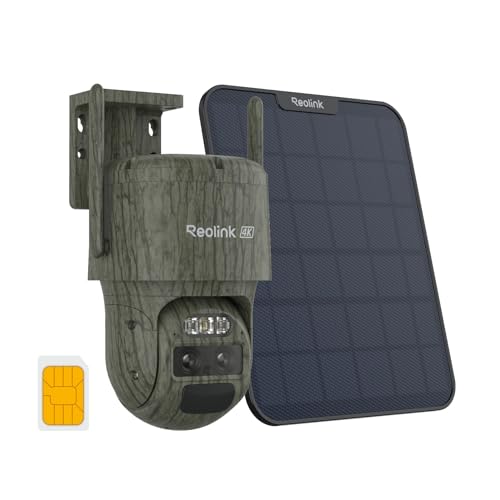
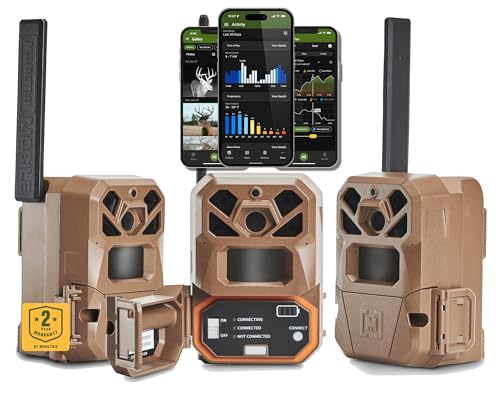
 By
By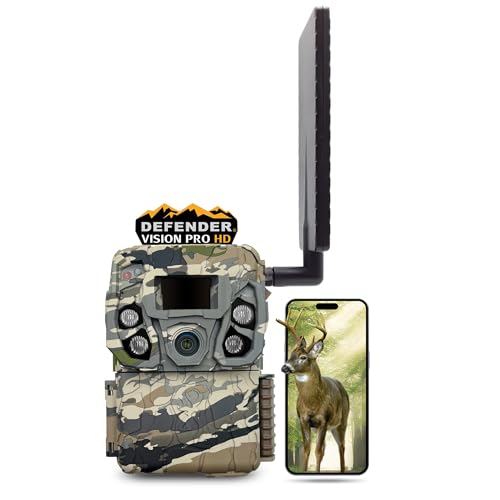
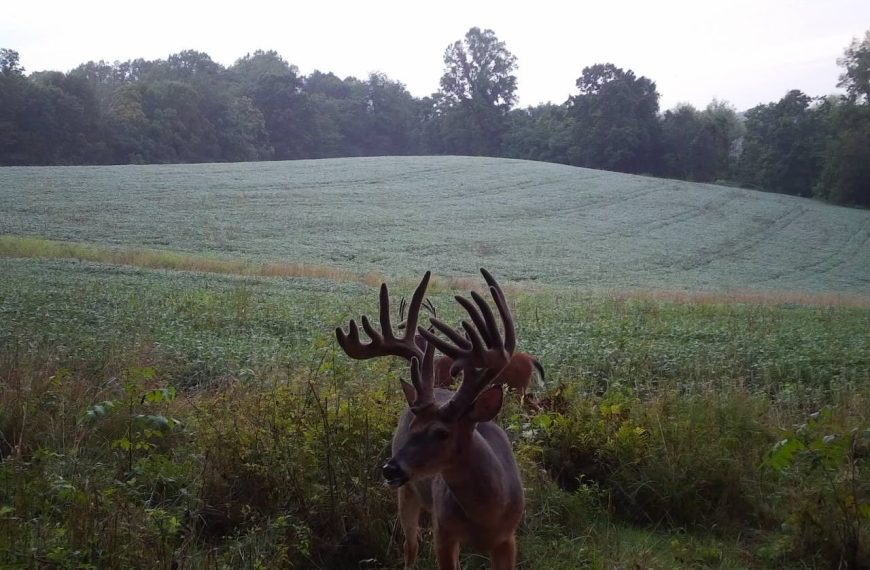
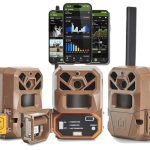
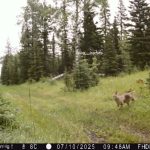


Great roundup — I’ve been eyeing the REOLINK TrackMix LTE for a while. The 4K dual-lens and auto-tracking sound perfect for pinch points on our property, but I’m worried about setup in the middle of nowhere. Anyone had experience with its cellular reliability and battery drain in winter?
REOLINK is awesome for picture quality but fwiw I had to call support twice to iron out account setup. Not difficult, just annoying when you’re trying to get it running before season.
Good question, Michael. In our testing the REOLINK performed excellently on 4G where there was decent coverage, but in very remote spots you’ll need to plan for a strong antenna placement or consider a separate cellular booster. Battery life can drop in cold temps—many users pair it with the solar panel and use high-capacity batteries.
I used one last season on a ridge with marginal coverage. It kept a connection most days but froze during a two-week storm. Solar helped a lot in fall, but if you have heavy canopy you might still get flaky uploads.
Short and sweet: the Loatos camera saved me last month. Live streaming let me catch a shooter buck moving across a distant field and then decide whether to set up. The built-in SIM is so convenient — though the plan fine print matters. 👍
Loatos often includes a basic or unlimited-sounding plan that can vary by region. Always check the plan details on the product page and consider contacting the seller for confirmation. If you expect heavy streaming, budget for higher data usage.
Agree with Sara — live streaming is a game-changer. But test your cell at the exact camera location before committing; coverage maps lie sometimes 😅
Which data plan were you on? I’m worried about surprise fees. The Loatos pricing on Amazon isn’t super clear to me.
Quick practical question: for those using solar packs (FKPCAM or REOLINK solar), what angle/height worked best for you? I mounted mine too flat last year and barely trickle-charged. Need a better setup this time.
And if you get heavy snow, plan for a steeper angle or a cover so it sheds quickly.
I mounted mine at ~10 feet on a pole with the panel angled about 20 degrees. Worked much better than attaching it to the tree trunk.
Also keep the panel clean — dirt and leaves kill output more than you’d think.
Aim the panel toward the sun’s path in your region (south-facing in northern hemisphere) at roughly your latitude angle +/- 10 degrees for best year-round performance. Mount it a few feet above the camera on a mast to clear canopy shadowing if possible.
Small rant: a lot of these cam makers say ‘no-glow IR’ but then the night pics still look like someone turned off a dim flashlight. 😂 Still, Meidase and REOLINK night images were genuinely impressive in my tests.
Totally — I swapped settings on my cams and found a sweet spot between IR intensity and stealth. Trial and error, sadly.
Haha, same. The ‘no-glow’ that still glows 50% of the time should be a product category.
You’re not alone — marketing claims vary. No-glow keeps rigs covert (no visible red flash) but image brightness depends on sensor tech and settings. Meidase and REOLINK are at the top for night detail.
I’m torn between the OUTDOOR EXPERT 20MP MINI and the 2-pack grey 20MP minis as a budget option to blanket my 10-acre place. Anyone compared the single vs 2-pack performance? I like tiny cams but worry about longevity.
If you want to blanket the property, the 2-pack is the better value. They’re not as rugged as higher-end cams but with a few zip ties and good concealment they lasted me a season.
Little heads-up: buy extra SD cards and rotate them—cheap cams sometimes have card reader glitches after heavy use.
Both are good for budget deployments. If you need more durable housings or long-term placements, consider reinforcing mounting and weatherproofing. Otherwise, two-pack coverage beats a single better cam for scouting.
I bought a FKPCAM with the 7500mAh battery and solar this summer. Two quick notes:
1) Solar helped during long daylight stretches.
2) Setup took longer than I expected (network compatibility).
Overall the images were sharp and worth the effort.
Under heavy canopy it wasn’t as effective — I mounted the panel on a mast to get sun. If you can clear a small sightline for the panel, it helps a lot.
Thanks for sharing. How did it handle heavy canopy? I’ve heard solar panels struggle under trees.
Also check the network bands on the FKPCAM against local carriers. ‘Auto Nationwide Connection’ is handy but not foolproof.
Good tip from Emily. For the FKPCAM, plan mount location for the solar panel separately from the camera if possible, to maximize sun exposure while keeping the camera concealed.
Love that this article included both high-end cell cams and simple WiFi/mini cams. Not everyone needs the REOLINK-level features and sometimes a cheap mini placed smartly gets you more useful intel. Also, shoutout to the Stealth Cam bundle for making life easy.
Thanks, Olivia — that was the goal. Choose tools that fit your scouting style and budget; often a mix of high-end and budget cams works best.
Agreed — I run a REOLINK as my ‘eyes’ and a bunch of minis for coverage. Combo approach gives me both detail and breadth.